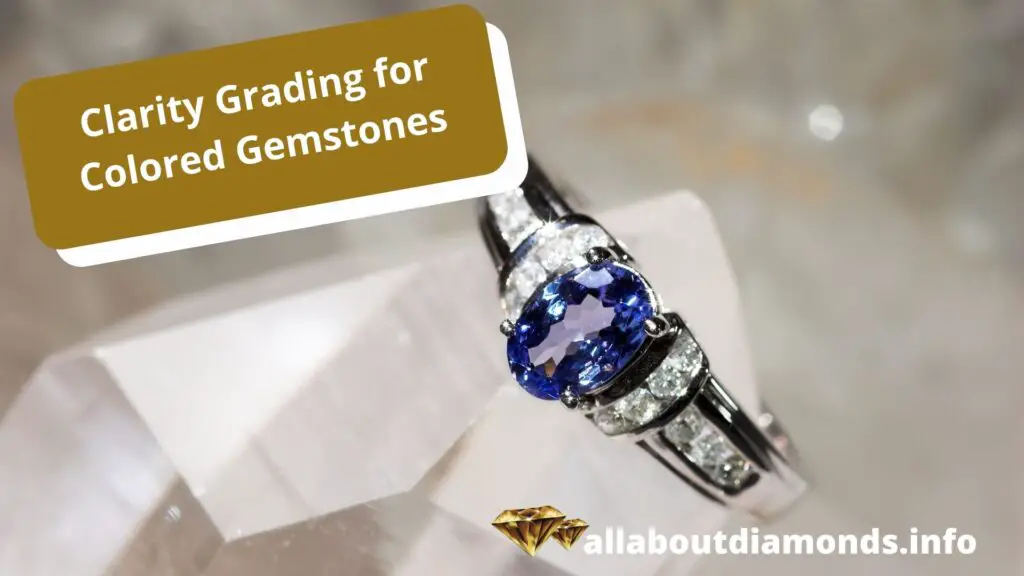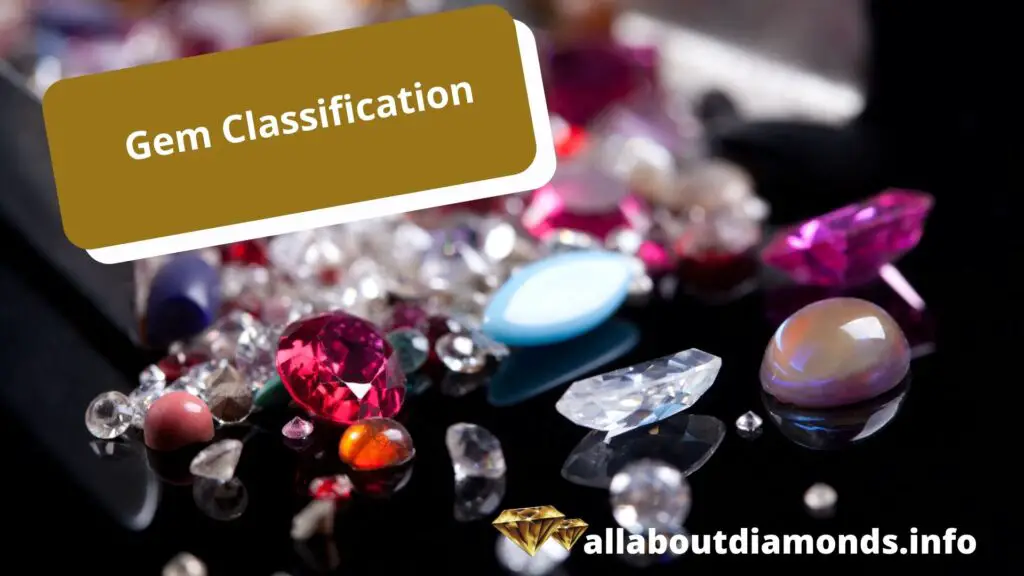The accurate grading of clarity and transparency is an critical part of assessing the desirability and value of colored gemstones. Clarity grading should be done by a qualified gemmologist, who can assess the gemstone using a strong microscope and a loupe under normal room lighting. Clarity assessment for gemstones is different from diamond grading, as diamond is usually graded under a very strong microscope and magnification of up to 10x.
Basic Clarity Grading Terms
When discussing clarity, gemmologists use specific terms, which are internationally accepted. Grade abbreviations and their meaning are as follows:
Flawless (FL) – no flaws visible under 10x magnification
Internally Flawless (IF) – no internal flaws, but slight blemishes on the surface visible under 10x magnification
Very, Very Slightly Included (VVS1 and VVS2) – very small and difficult to observe flaws under 10x magnification
Very Slightly Included (VS1 and VS2) – very small flaws visible under magnification as well as to the unaided eye
Slightly Included (SI1 and SI2) – slightly visible inclusions visible under magnification, and often visible without magnification
Included (I1, I2 and I3) –inclusions obvious under 10x magnification, and often visible to the unaided eye.
Transparency
Transparency is usually the first aspect that a qualified gemmologist will assess when grading gemstones. Clear gemstones, such as diamonds, beryls and topaz, are capable of transmitting light without noticeable distortion; this is known as “transparency”. Gemstones exhibiting transparency may appear transparent, translucent or opaque to the unaided eye; however, gemmologists grade transparency based on the passage of light through the gemstone.
Inclusions
Inclusions refer to any irregularities found within the structure of a colored gemstone or on its surface. They are usually a result of the natural growth conditions of the gemstone.
Types of inclusions range from small particles of dust, fractures, bubbles, needles, feathers or cavities within the gemstone, or surface damage such as scratches or pits. Inclusions can affect the transparency, durability and colour of the gemstone, and can be divided into three categories:
Types of Inclusions
Natural – included substances formed during the growth of the gemstone, which are typically crystals, liquids, gases, or foreign material of organic or inorganic origin.
Artificial – inclusions created by human actions such as cutting, polishing and heating.
Incomplete healing –refers to injuries to a gemstone which are not fully healed.
Size
The size of an inclusion has a significant impact upon its visibility and the way it affects a gemstone’s overall clarity. A large inclusion may be visible to the unaided eye, while a small inclusion may only be noticed under magnification.
Number
The number of inclusions present can also influence the clarity of a gemstone. For example, a single large inclusion may be more easily noticed than several small ones.
Color and Relief
In some cases, the color and size of an inclusion are combined to affect the clarity grading. For instance, a reddish-brown inclusion in a transparent gemstone may be more obvious than a small, clear inclusion.
Blemishes
Blemishes are external irregularities on the surface of a gemstone, resulting from cutting or polishing. Can affect the overall appearance of a gemstone, and may deflect the light passing through it. Not all blemishes are considered flaws; some may even enhance the beauty of the gemstone.
Clarity and transparency grading is an important aspect of assessing the desirability and value of colored gemstones. A qualified gemmologist should be consulted to accurately assess the clarity of a gemstone, as clarity grading for gemstones can differ significantly from that of diamonds.
The size, number, type and colour of an inclusion in a gemstone should all be taken into consideration when assessing its clarity. In addition, surface blemishes should be assessed, as they can also influence the clarity of a gemstone.
Understanding the terms used to refer to different aspects of clarity and transparency can help identify them correctly when assessing a gemstone.


